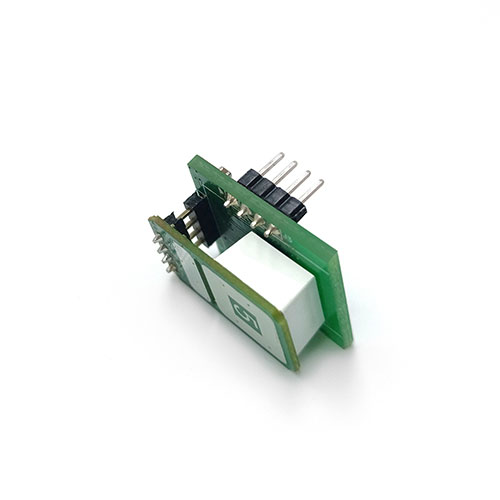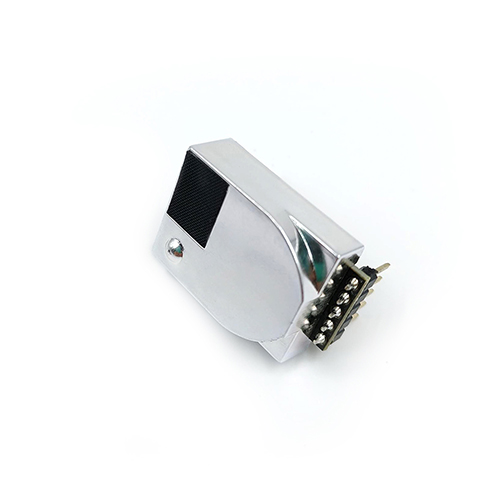Will a co2 detector detect a gas leak
Will a co2 detector detect a gas leak?
When purchasing a carbon dioxide gas detector, many users will ask: Will a co2 detector detect a gas leak? A carbon dioxide detector is a safety instrument that specializes in measuring CO2 gas leaks or concentration monitoring. Its main working principle relies on a built-in carbon dioxide sensor. The core component is used to identify and detect the types of gases present in the environment. When the gas concentration passes the set safety value, an alarm will be automatically issued to effectively remind the operator. However, traditional carbon dioxide detectors are divided into fixed, portable, gas detection systems and other types of products. Do you have a comprehensive understanding of these different types of instruments? Next, let Fosensor take you through it!
Carbon dioxide detector usage distinction
1.Fixed type
The fixed carbon dioxide detector is a fixed gas monitoring and alarm device. It is usually installed at a fixed point for 24-hour online monitoring of pollution sources or gas leakage sources. As long as the power is on, it will continue to monitor. The fixed carbon dioxide detector has a built-in high-precision sensor that can identify and monitor micro-content PPM gas concentration values. When the monitored gas concentration or leakage exceeds the standard, it will automatically sound and light alarm, and can automatically link the exhaust fan and fan to eliminate the gas through the built-in relay. Danger, and are compatible with gas alarm controllers, PLC, DCS, DDC and other host computer system applications.
2.Portable type
The portable carbon dioxide detector is a fast and professional instrument for measuring gas concentration. The product only needs to be turned on with one button and can detect the gas concentration in the air in real time within 3 seconds. When the measured gas on site reaches the preset alarm point When the alarm is activated, it will automatically send out audible and visual alarms, which is a good helper for factory inspections.

What should you pay attention to when using a carbon dioxide detector?
1.Do not install the carbon dioxide detector in an environment with high gas concentrations such as smoke, jet pesticides (evaporants), flammable solvents (paint), etc. Otherwise, the alarm will occur even when no carbon dioxide gas is detected.
2.Try not to use the carbon dioxide detector in places with high wind speeds such as exhaust vents and ventilation fans, because they will affect the measurement accuracy of the instrument.
3.The carbon dioxide detector cannot be used in an environment with a lot of water vapor or humid environment (relative humidity is 90%). If used in this environment for a long time, the sensor may be damaged.
4.Avoid long-term use of the carbon dioxide detector in places where the ambient temperature is below -30°C or above 50°C.
5.Avoid using the carbon dioxide detector in an environment with strong electromagnetic forces.
6.When the carbon dioxide detector sends an alarm signal, the control signal will be locked at this time. Even if the gas concentration at this time has returned to normal, the instrument cannot automatically return to the pre-alarm state. At this time, the instrument needs to be reset or self-tested. .
7.After the carbon dioxide detector sends an alarm, the electrical switch cannot be turned on. The causes of excessive carbon dioxide concentration should first be clarified and countermeasures should be taken in a timely manner.
8.If the carbon dioxide concentration of the instrument exceeds the alarm concentration when it alarms, before reusing the instrument, you should eliminate the cause of the excessive carbon dioxide concentration and then reset the instrument to clear the alarm data.
9.When the carbon dioxide detector is powered off for a period of time, it may sound an alarm when it is used again. This is a normal phenomenon.
10.After determining the detection position of the carbon dioxide detector, do not move it casually to avoid damage to the instrument accessories.






